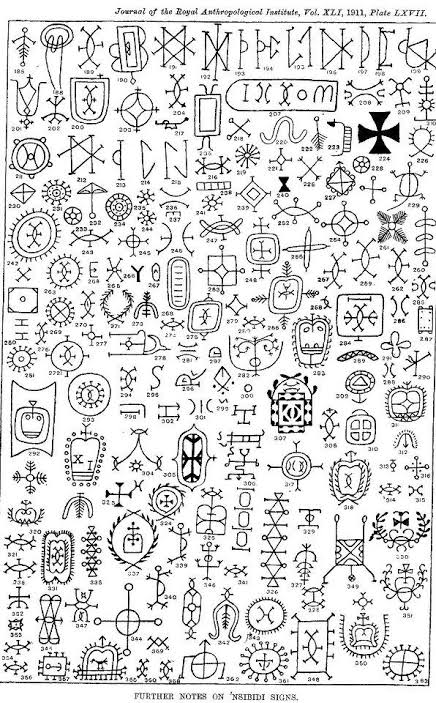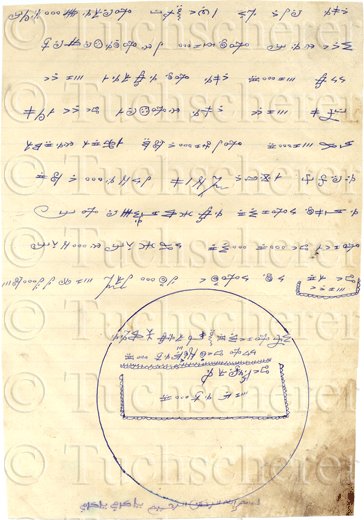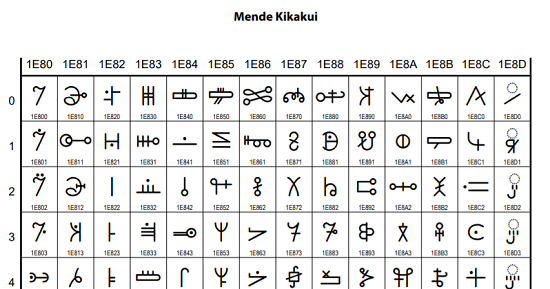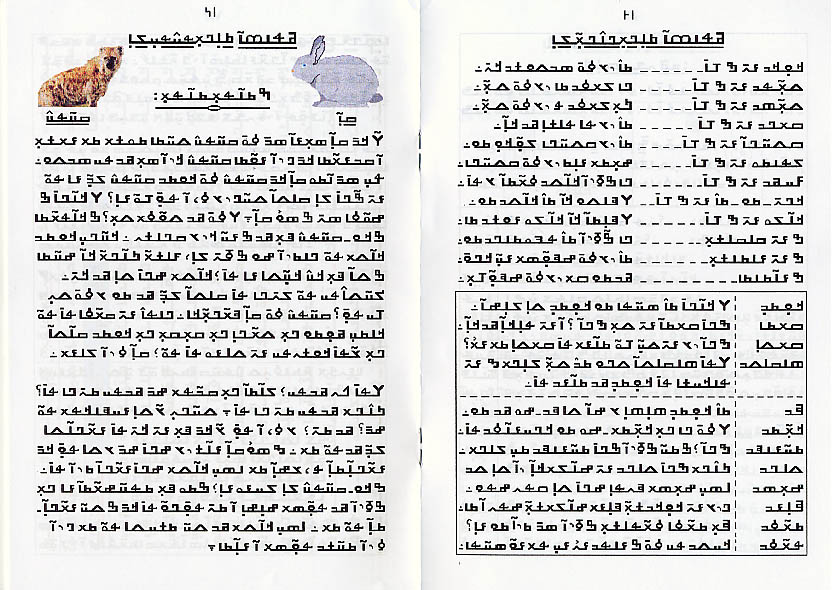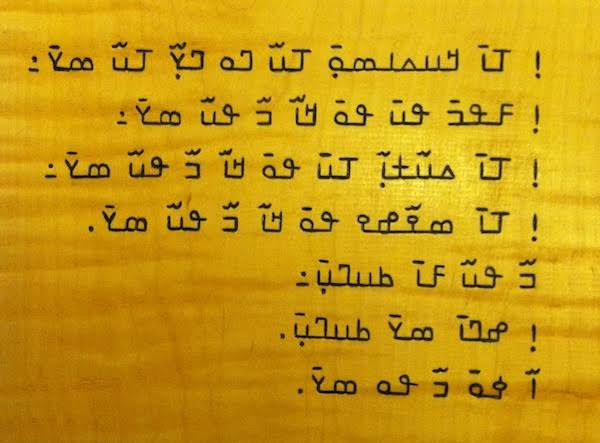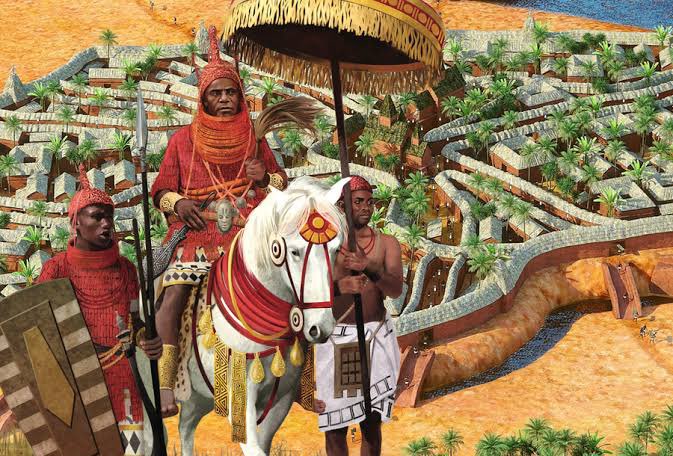List Of Ancient African Writing System
___
Writing is a means by which people record, objectify, and organize their activities and thoughts through images and graphs. It is interesting to note that ancient Africans have been writing from modern Egypt, Sudan to Nigeria and Guinea.



___
Writing is a means by which people record, objectify, and organize their activities and thoughts through images and graphs. It is interesting to note that ancient Africans have been writing from modern Egypt, Sudan to Nigeria and Guinea.
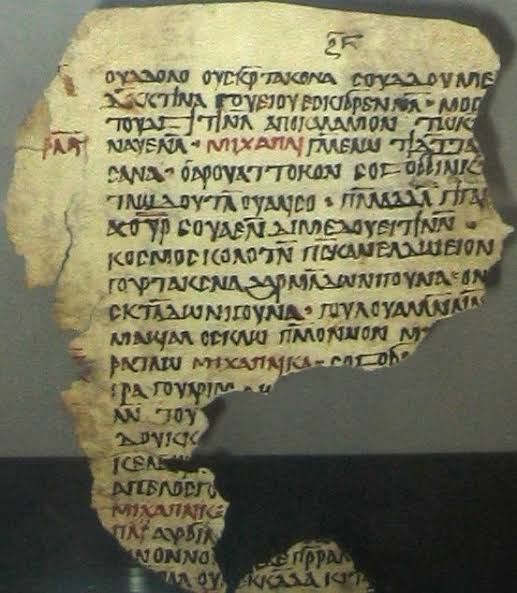
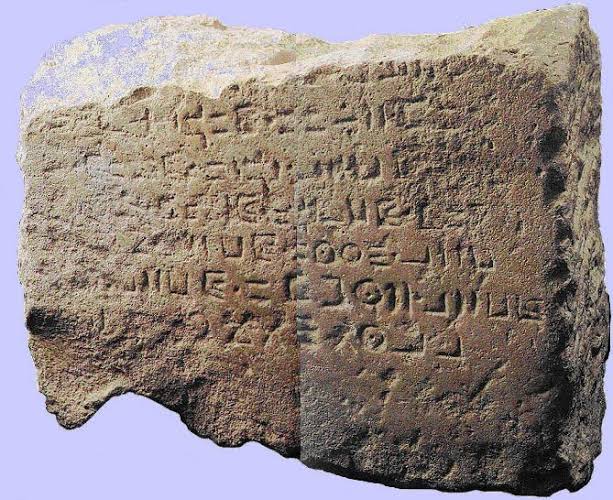
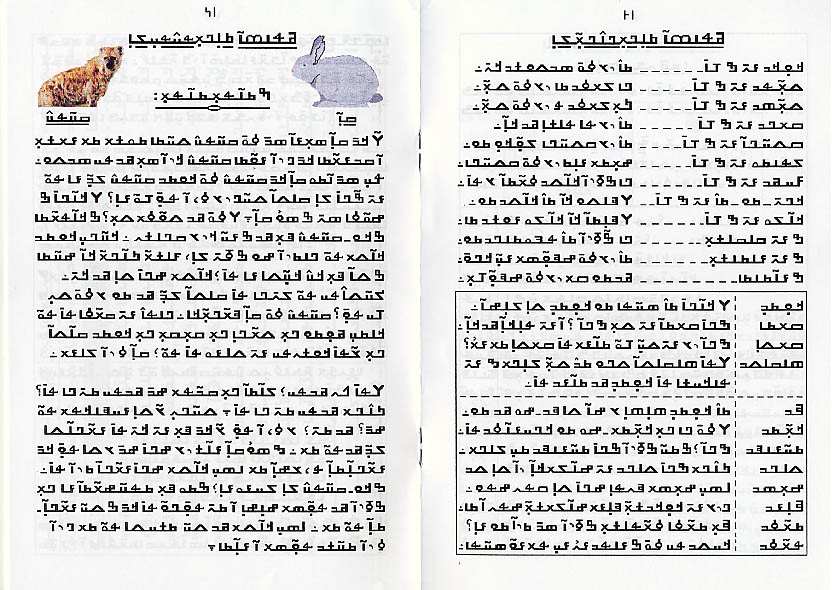
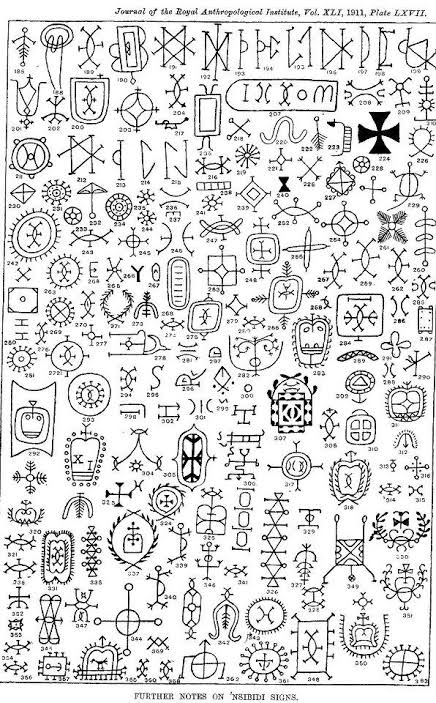
Africa's Writing System was unique just like the Chinese System and it was developed uniquely without Arab or European influences, as they tends to be developed indigenously by Africans.
Some were destroyed during colonialism this Writing system include.
Some were destroyed during colonialism this Writing system include.
https://twitter.com/Joe__Bassey/status/1302289354853842945?s=19
1. Ethiopic Writing System
Created to holistically symbolize and locate the cultural and historical parameters of the Ethiopian people. In Ge'ez as its classic state, has a total of 182 syllographs, which are arranged in seven columns, each column containing 26 syllographs.
Created to holistically symbolize and locate the cultural and historical parameters of the Ethiopian people. In Ge'ez as its classic state, has a total of 182 syllographs, which are arranged in seven columns, each column containing 26 syllographs.
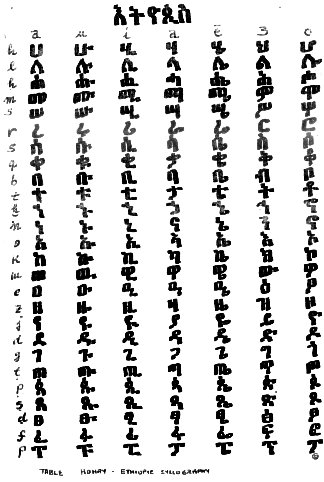
Ethiopic is a knowledge system because it is brilliantly organized to represent philosophical features, such as ideography, mnumonics, syllography, astronomy, and grammatology. 
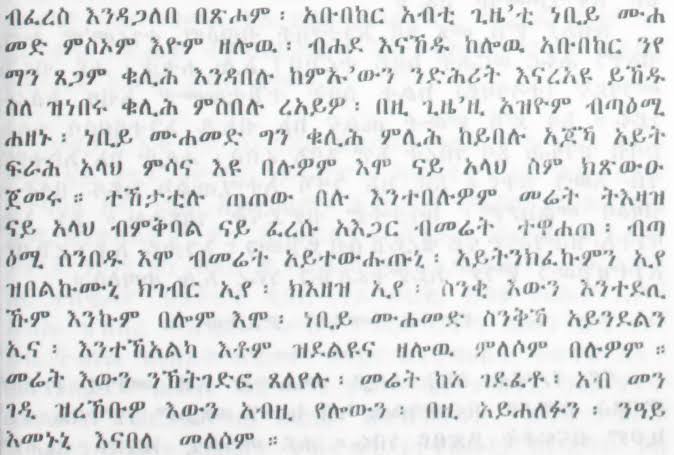
2. Egyptian (Kemetic) Hieroglyphs combined logographic, syllabic and alphabetic elements, with a total of some 1,000 distinct characters. Cursive hieroglyphs were used for religious literature on papyrus and wood. Written from left to Right. 
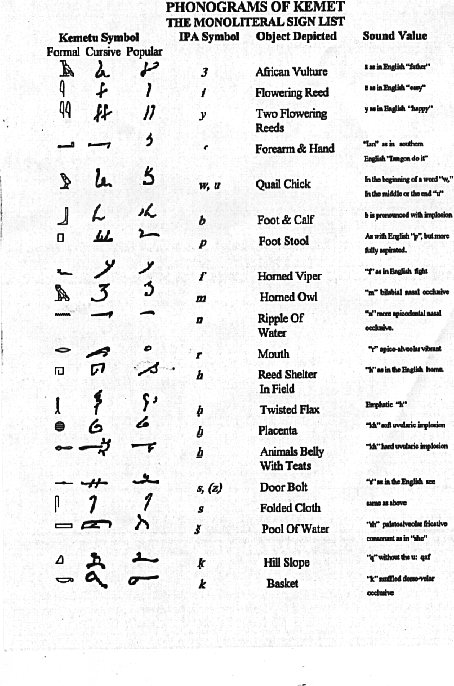
3. Afan Oromo Writing System.
It is the language by more than 25 million Oromo and neighboring peoples in Ethiopia and Kenya. Older publications refer to the language as "Galla", a term that is resented by Oromo people and no longer used.
It is the language by more than 25 million Oromo and neighboring peoples in Ethiopia and Kenya. Older publications refer to the language as "Galla", a term that is resented by Oromo people and no longer used.
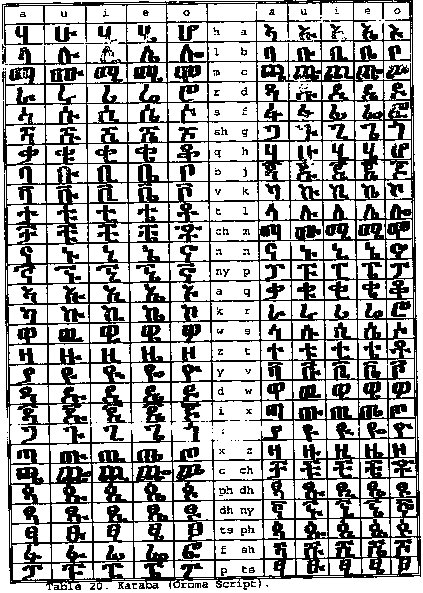
4. Sudanic Writing System
By the 3rd CEN. BC a new indigenous alphabet, the Meroitic, consisting of twenty-three letters, replaced Egyptian script. The Meroitic script is an alphabetic script originally derived from Egyptian hieroglyphs, in writing the Meroitic language in Kush.
By the 3rd CEN. BC a new indigenous alphabet, the Meroitic, consisting of twenty-three letters, replaced Egyptian script. The Meroitic script is an alphabetic script originally derived from Egyptian hieroglyphs, in writing the Meroitic language in Kush.
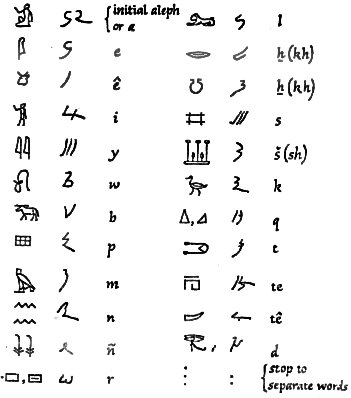
It was developed sometime during the Napatan Period (by 700 - 300 BC) and first appears in the 2nd century BC. For a time, it was also possibly used to write the Nubian language of the successor Nubian kingdoms. It was Written from Right to left Vertically. 
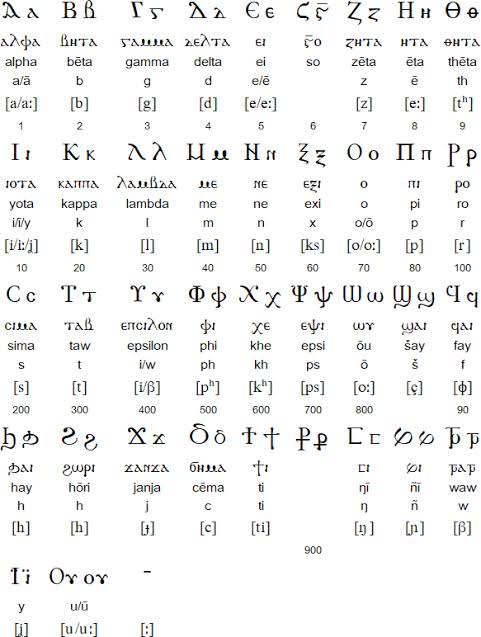
5. Nsibidi Writing System
It originated as an esoteric form of knowledge understood by a select group of people mostly members of a secret society in Southeastern Nigeria which some sources link to the Ejagham and later spread to Efik, Igbo, Ibibio, Efut, Annang and Banyang Areas
It originated as an esoteric form of knowledge understood by a select group of people mostly members of a secret society in Southeastern Nigeria which some sources link to the Ejagham and later spread to Efik, Igbo, Ibibio, Efut, Annang and Banyang Areas
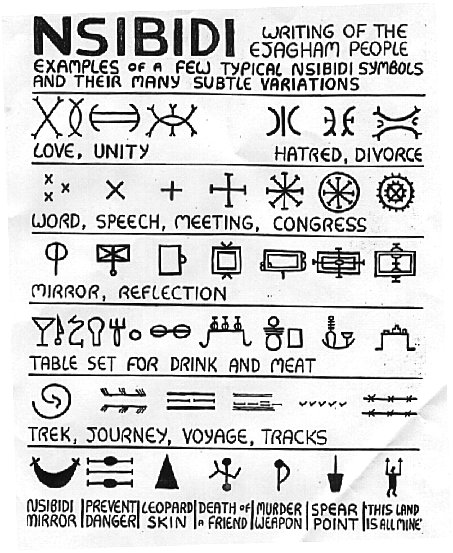
6. Edo/Benin Writing Sytem
Benin/Edo people of southern Nigeria have developed a chromatographic system of writing. Based on different color combination's and graphs.The system is also called quantography or pictography.

Benin/Edo people of southern Nigeria have developed a chromatographic system of writing. Based on different color combination's and graphs.The system is also called quantography or pictography.
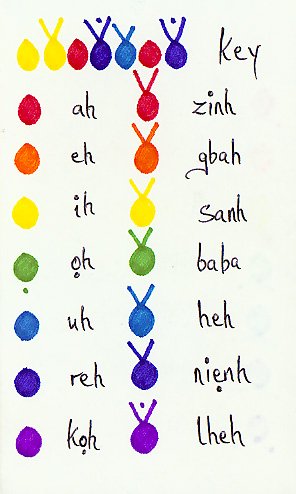
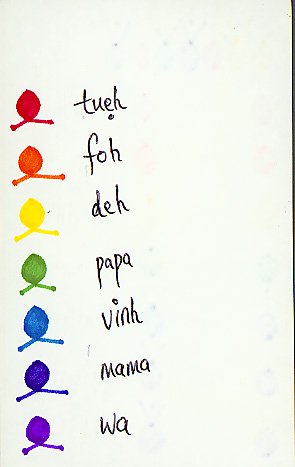
7. Tifinagh Writing System (Libyan ancient writing system) Libyco-Berber symbols could date from the 3rd century BC. 


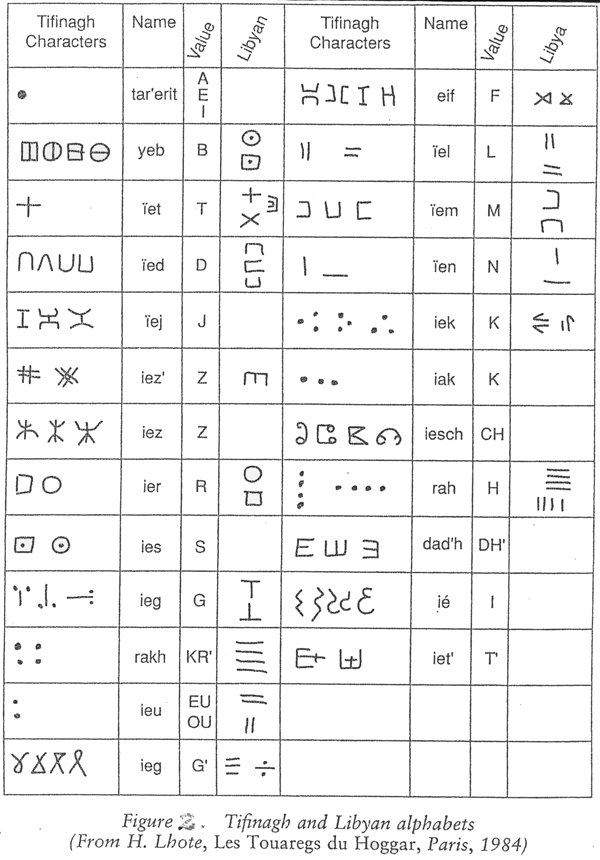


12. Shumom Writing System
(The Shumom people are the people of Cameroon in West Africa. Their country is located between Nigeria in the West, Equatorial Guinea, Gabon and Congo Brazzaville in the South and Chad and Central African Republic in the North).
(The Shumom people are the people of Cameroon in West Africa. Their country is located between Nigeria in the West, Equatorial Guinea, Gabon and Congo Brazzaville in the South and Chad and Central African Republic in the North).
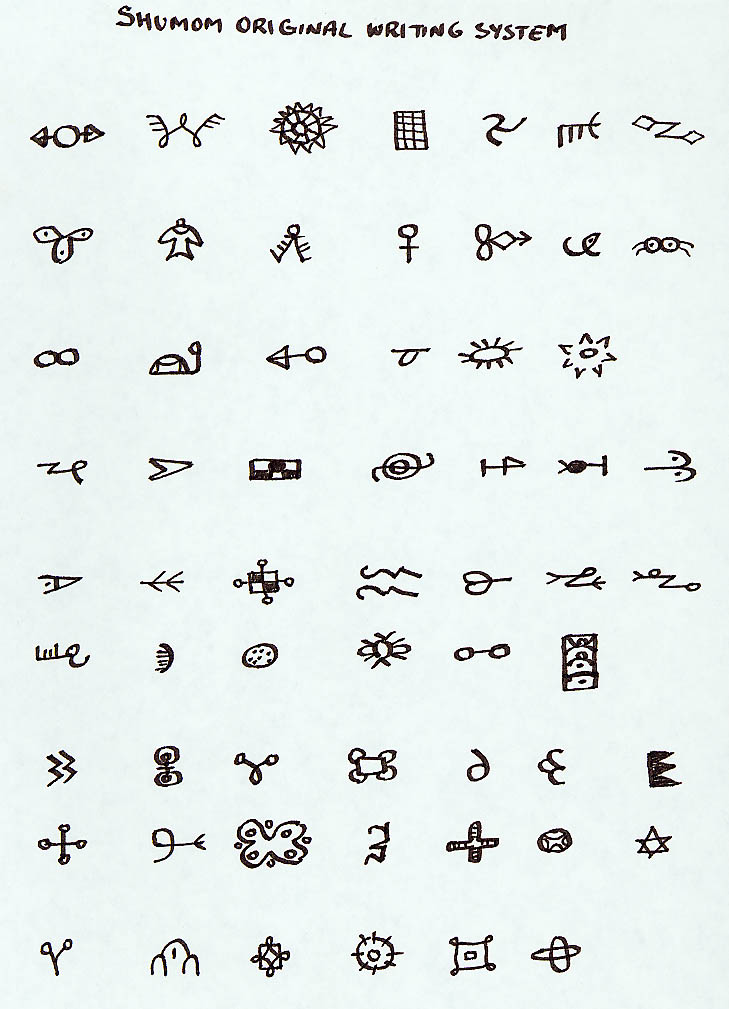
And other African tribal writing system.
To know more about Ancient African Civilization and history check my likes and follow me to see my future post.

To know more about Ancient African Civilization and history check my likes and follow me to see my future post.
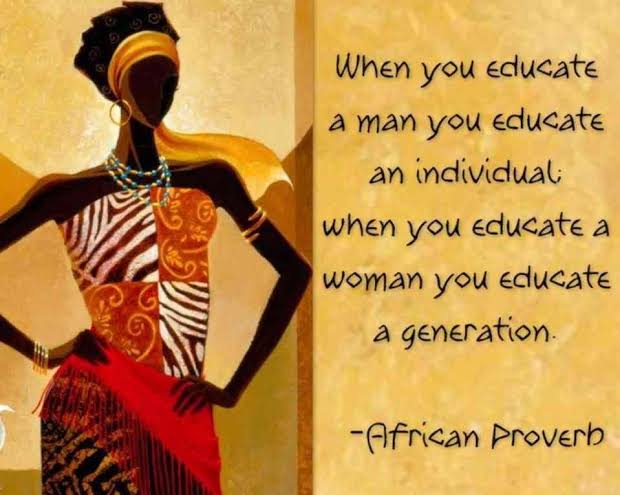
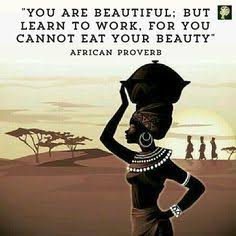
• • •
Missing some Tweet in this thread? You can try to
force a refresh

